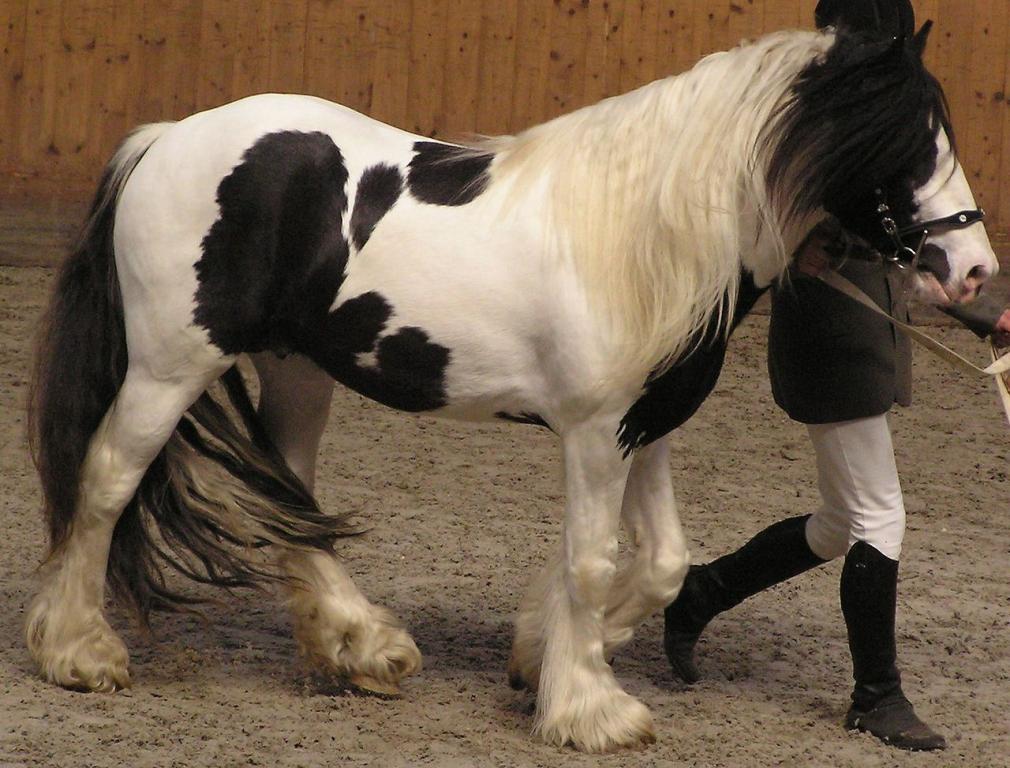
Continent: Europe
Country: Ireland
Weight: 450 – 700 kg
Height: 135 – 160 cm
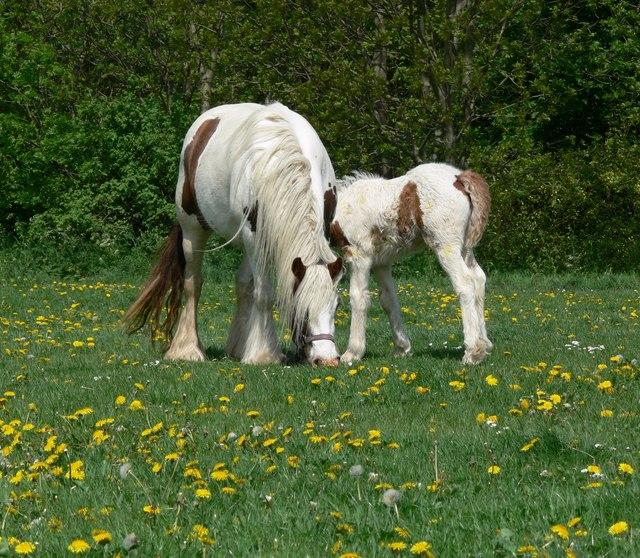
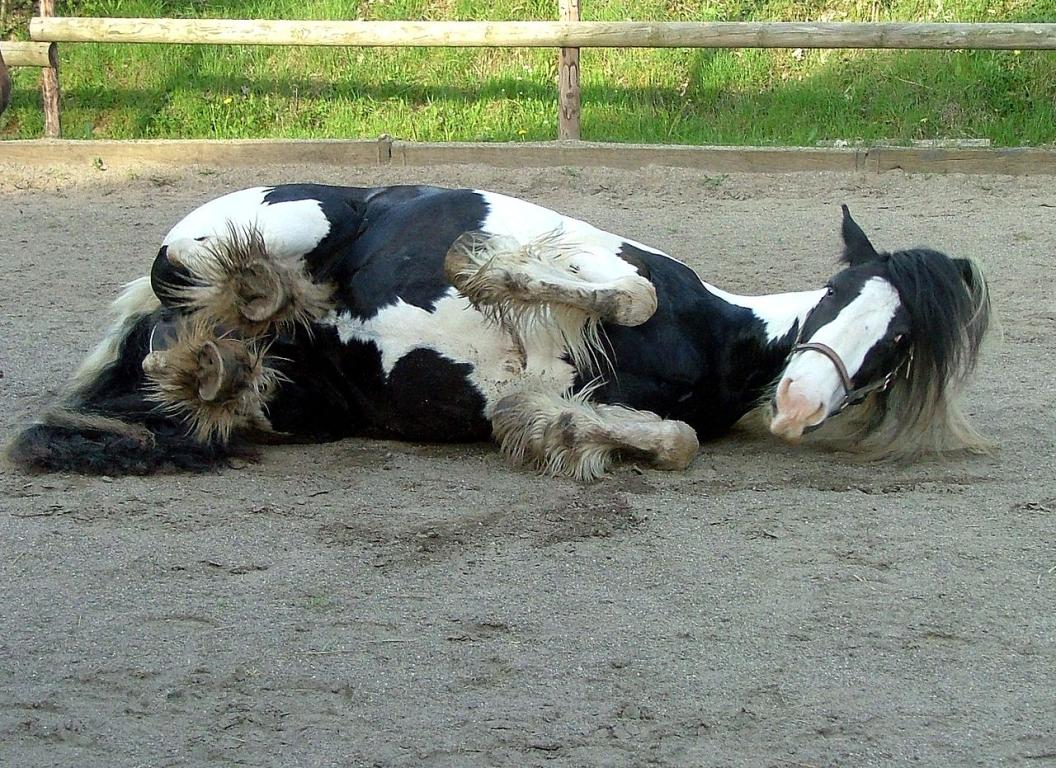

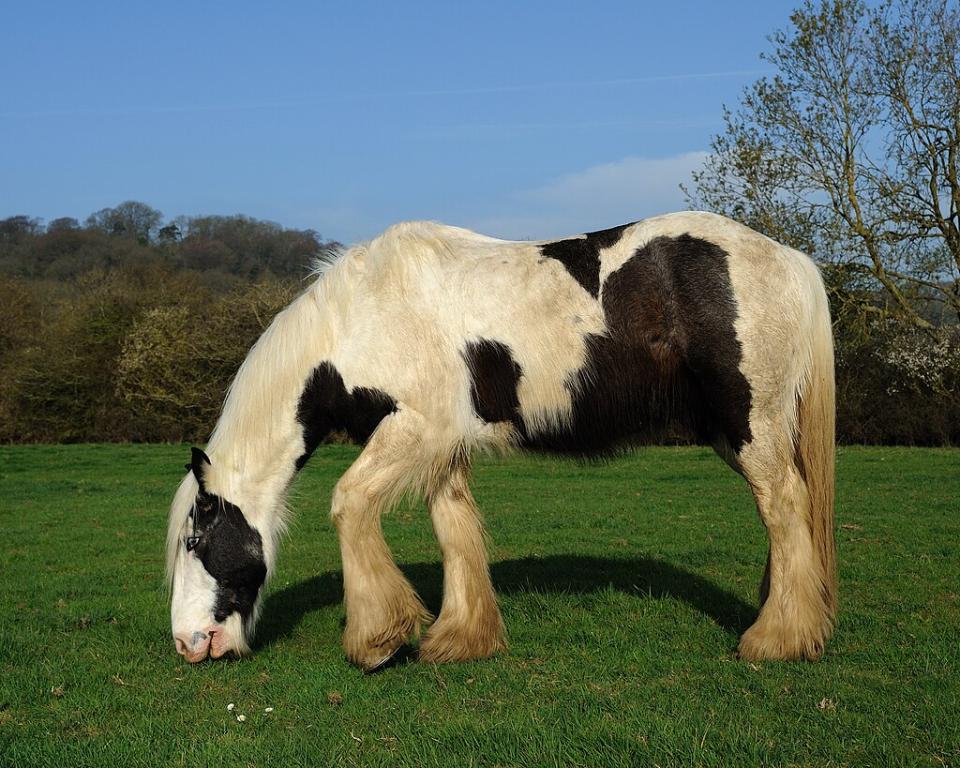
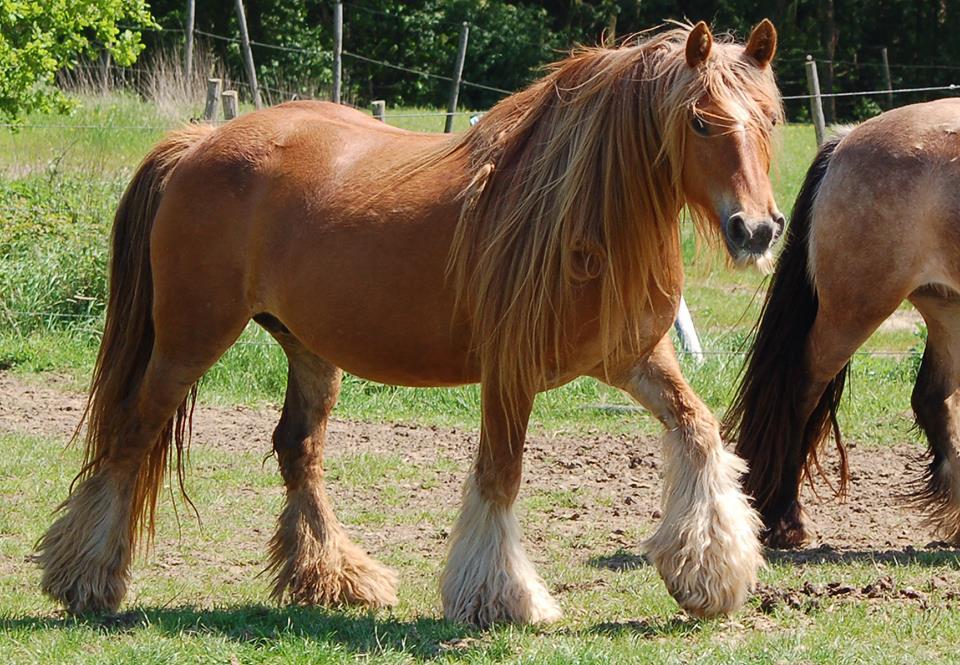
The Irish Cob, also known as Gypsy Cob, Gypsy Vanner or Tinker, originated in the British Isles, mainly in Ireland and England.
It was selectively bred from the late 19th century by the nomadic communities the Irish Travellers and the British Gypsies to pull their traditional wagons, called vardos.
These populations crossed different local and draft breeds (Shire, Clydesdale, Dales, Fell, Welsh Cob…) with ponies and other hardy working horses.
The Irish Cob quickly stood out for its versatility, its pulling power, its characteristic piebald coat and above all its gentle and reliable temperament – essential qualities for living daily alongside nomadic families.
The Irish Cob originated in the British Isles, where it is still traditionally bred.
Since the 1990s, the breed has spread across continental Europe, particularly in:
Thanks to its striking appearance and gentle temperament, the breed has spread worldwide:
The Irish Cob represents the genetic heritage of the Irish Travellers and British Gypsies, who shaped this unique breed for their everyday needs. Bred for pulling vardos (traditional wagons), it embodies a cultural and biological legacy passed down through generations.
The breed descends from many crosses with the Shire, Clydesdale, Dales, Fell, Welsh Cob, the Friesian, and even the Irish Draught. This diversity gave it a wide morphological variability, from lighter to heavier types, while keeping its hardiness and calm temperament.
Thanks to its robustness, strong bone structure and docile nature, the Irish Cob is sometimes used in breeding programs to transmit:
The international success of the Irish Cob / Gypsy Vanner has led to high demand, sometimes focusing on aesthetic traits (rare colors, excessive feathering) at the expense of functional qualities. Conservation requires preserving a balance between beauty, hardiness and versatility.
The Irish Cob is closely tied to the history of the Irish Travellers and British Gypsies. These nomadic communities, established in Ireland and England from the 16th century, needed a strong, hardy and docile horse to pull their living wagons called vardos.
At first, they used various local draft horses and ponies, often unwanted animals from farmers or landlords. Gradually, they selected a particular type: small but solid, able to pull heavy loads while living outdoors all year round.
From the 19th to 20th century, nomadic families crossed:
These crosses produced a compact horse with abundant feathering, a piebald coat (black/white or bay/white) and a calm temperament – essential traits for living among families and children.
In the 20th century, a turning point came: piebald horses were less requisitioned by the army than solid-colored ones. Nomads therefore favored them, making the piebald coat the emblematic image of the breed.
Long passed down orally and traded at fairs like Ballinasloe (Ireland) and Appleby (England), the Irish Cob was only recognized as a true breed in the late 20th century.
Today, the Irish Cob is found across Europe, as well as North America, Australia and New Zealand. Its popularity rests both on its spectacular appearance and its exceptional temperament, making it a beloved family and leisure horse worldwide.
The Irish Cob is renowned for its exceptionally calm and affectionate character. Selected for generations to live closely with nomadic families, it developed a special closeness to humans. It is often nicknamed the “dog-horse” for its affectionate and people-oriented attitude.
It is very reliable, rarely spooky and generally unflappable – essential traits for pulling vardos and living around children. This docility makes it highly valued as a family horse and in equine-assisted therapy.
Although a cold-blooded horse, usually calm, the Irish Cob can also display energy under saddle. It is versatile and adapts to many disciplines: driving, dressage, trail riding, vaulting and even equestrian shows.
Rustic and sociable, it integrates easily into a herd. Its ability to live outdoors year-round, combined with its social nature, makes it an easy-to-keep breed.
“A peaceful and generous companion, winning hearts with its gentleness as much as with its presence.”
The Irish Cob enjoys global enthusiasm, especially in leisure riding and equestrian shows. Its piebald coat, abundant mane and docile character attract both amateur riders and fans of equine-assisted therapy. This trend should continue to boost its international expansion.
Its gentle and friendly temperament, which earned it the nickname “dog-horse”, ensures a solid future as a family horse. The Irish Cob perfectly meets today’s demand for a versatile, safe and easy-to-keep horse.
However, high demand brings risks:
Breeders emphasize the need to preserve a balance between beauty, rusticity and versatility.
With careful stud-book management and responsible breeding programs, the Irish Cob is set for a bright future as a universal leisure horse, a living symbol of nomadic culture and the ideal companion for modern riders.
The Irish Cob is naturally robust and hardy, able to live outdoors all year round and adapt to different climates. Its strong frame and compact build give it good longevity and resistance to common diseases.
The breed’s global success has sometimes led to over-selection for aesthetic traits (ever more feathering and mane). This hypertyping can cause locomotion issues and increase the risk of skin infections in the feathers.
Two hereditary conditions are particularly monitored:
Most serious breeders now perform DNA tests and rigorous veterinary follow-up to exclude carriers. With regular feather care, a balanced diet and appropriate exercise, the Irish Cob can live a healthy and active life for many years.